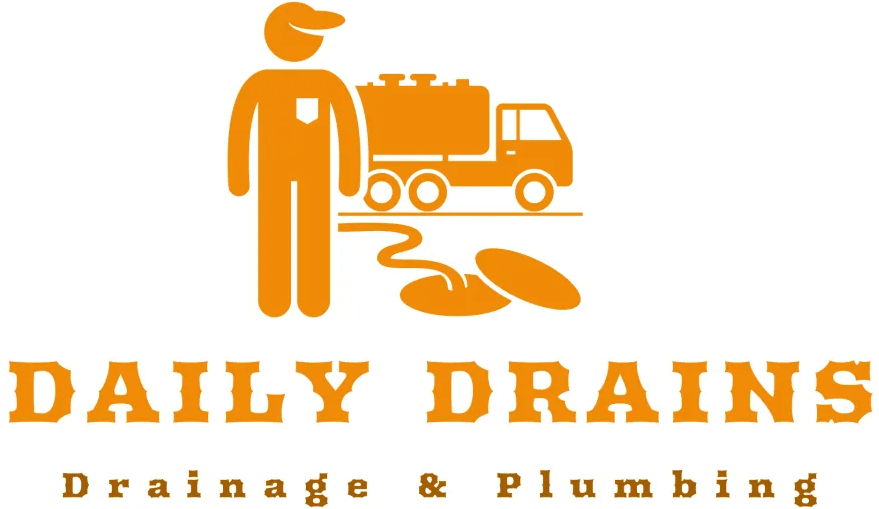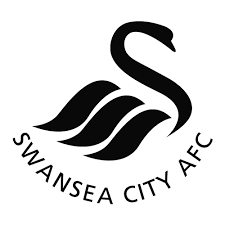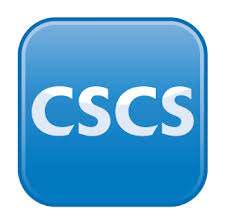Professional Sewage Treatment Solutions
At Daily Drains we have a wealth of experience when it comes to the installation of all things drainage. This includes but not be limited to septic tanks, cesspits and sewage treatment plants. Not only can we install all of the aforementioned but we can also maintain them for you to make sure they’re working all year round.
Daily Drains will consult with you when it comes to an installation and collaborate with you at every step. Firstly though we’ll gage exactly what it is your looking for and propose a tailor made solution.
When you need maintenance carried out on your treatment plant then we can work on an appointment.
What is a Sewage treatment plant?
A sewage treatment plant is a facility designed to treat wastewater and sewage. It does this for homes, businesses, and industries to make it safe for disposal or reuse.
Why is it important to have a sewage treatment plant?
It is important to have a sewage treatment plant. As it prevents environmental pollution, protects public health and promotes sustainable water use.
Is my ground suitable for off-mains drainage?
One of the most important factors in determining the choice of sewage treatment product is the site’s drainage properties. Both septic tanks and sewage treatment plants typically require a drainage field into which they discharge effluent. Testing the ground for its permeability is usually done by a professional installer. They use a percolation test; the correct procedure is described in BS 6297
Note: your property will need to be located on the highly permeable ground if you want to install a septic tank. Otherwise the drainage field will fail. At least half the UK sits on a clay substrate. That makes this solution of a sewage treatment plant the only viable option.
The propensity of the site to flood and the height of the water table are also important considerations. Both H2 building regulations and BS 6297 state that the water table must be at least one metre below a septic tank outlet. In this instance, if your property is in a flood risk area, you will need to install a sewage treatment plant.
What is a soakaway?
A soakaway, also known as an infiltration system, is a type of drainage system used to manage surface water runoff. It consists of a pit or trench filled with gravel, stone, or other porous materials. These allow water to percolate through them and into the ground.
Soakaways are typically used in areas where the soil has good drainage characteristics. They are often used to manage water from roof gutters, surface water drains, or other impermeable surfaces. The idea is that the water is directed into the soakaway. Then it slowly percolates into the surrounding soil, reducing the amount of runoff and preventing flooding.
What are the components of a typical sewage treatment plant?
A typical sewage treatment plant consists of several components. These include a screening chamber, grit chamber, primary sediment tank, biological treatment tanks, and secondary sediment tank.
How does a sewage treatment plant work?
A sewage treatment plant works by first removing large solids and debris from the wastewater. This is through screening and grit removal processes. The wastewater then goes through a series of tanks. This is where bacteria and microorganisms break down and consume the organic matter. Finally, the treated water is either rerouted back into the mains sewer system. Or discharged safely and sensitively into the local environment. Plants and tanks are always a good option for off grid homes.
What happens to the solid waste generated in sewage treatment process?
The solid waste generated in the sewage treatment process, also known as sewage sludge. The sludge is typically treated further through processes such as anaerobic digestion or composting. It then can be disposed of or used as a fertilizer. So environmentally having either plants or tanks is viable.
What are the environmental impacts of a sewage treatment plant?
A well-designed and properly maintained sewage treatment plant can have positive environmental impacts. It reduces water pollution and protects aquatic ecosystems. However, if not properly managed, a sewage treatment plant can also have negative impacts. Such as odours, noise pollution and emissions of greenhouse gases.
Can treated wastewater be reused?
Yes, treated wastewater can be reused for a variety of purposes. These being irrigation, industrial processes, and even as a source of drinking water in some cases.
What are the benefits of installing a sewage treatment plant?
There are a whole host of benefits if you decide to invest in a domestic sewage treatment plant. These benefits include:
- Environmentally friendly – domestic wastewater treatment plants use natural biological processes to break down sewage and safely process harmful compounds. This reduces pollution and is vital for protecting the local flora and fauna.
- Preserves your drainage field, unlike a septic tank which only holds solids and therefore the treatment occurs in the drainage field, leading to a high risk of ground pollution. The risk of a failed soakaway is much higher with a septic tank.
- Safety – untreated sewage, or old sewage systems can release hazardous materials into your local watercourses.
- A sewage treatment plant actually treats the wastewater and you can sample it to see whether it’s working correctly.
- A long term solution – Most modern plants also have a long lifespan and are a solid investment for any property.
- Efficiency – the overall treatment process is efficient at breaking down sewage and there is a far lower chance of suffering annoying blockages.
How to maintain a sewage treatment plant?
With the right maintenance, a sewage treatment plant can last a long time without requiring any significant work. Some things you can do to help maintain your unit are listed below –
Check for Pollution
It is worth checking your sewage plant once a month for pollution, to do this you check the area in which the sewage is released for any signs of pollution. Depending on where you are releasing your effluent, depends on what thing to look out for. Some of the most common are below.
Releasing into a watercourse, check for sewage smells, overflowing sludge or signs of scum or foam where you released the sewage.
Releasing into the ground, check for sewage smells and any signs that your sewage isn’t draining properly.
Make sure you are ONLY disposing of appropriate waste via your toilets, sinks and drains
All the below items can interfere with the working mechanisms and the natural ecosystem of the bacteria, resulting in more maintenance, if these items make their way into the system.
- Nappies, wet wipes, sanitary towels, and cotton buds
- Cooking oils and fats
- Strong Chemicals like weed killer, insecticides, undiluted disinfectants and bleaches, paint thinner and turpentine.
Regular emptying (De-sludging)
Most manufacturers recommend that the tanks are emptied roughly once a year to keep sludge from building up, however some low-budget options may need emptying more frequently per year.
Overall, a Lack of maintenance can lead to additional costs to replace component parts and reducing the life of the unit which has been installed.
Do sewage treatment plants still need emptying?
Yes, as with a septic tank, the sludge still needs emptying by tanker because the job of the sewage treatment plant is really just to clean the water. Most manufacturers recommend that the tanks are emptied roughly once a year to keep sludge from building up, however some low-budget options may need emptying more frequently per year.

















